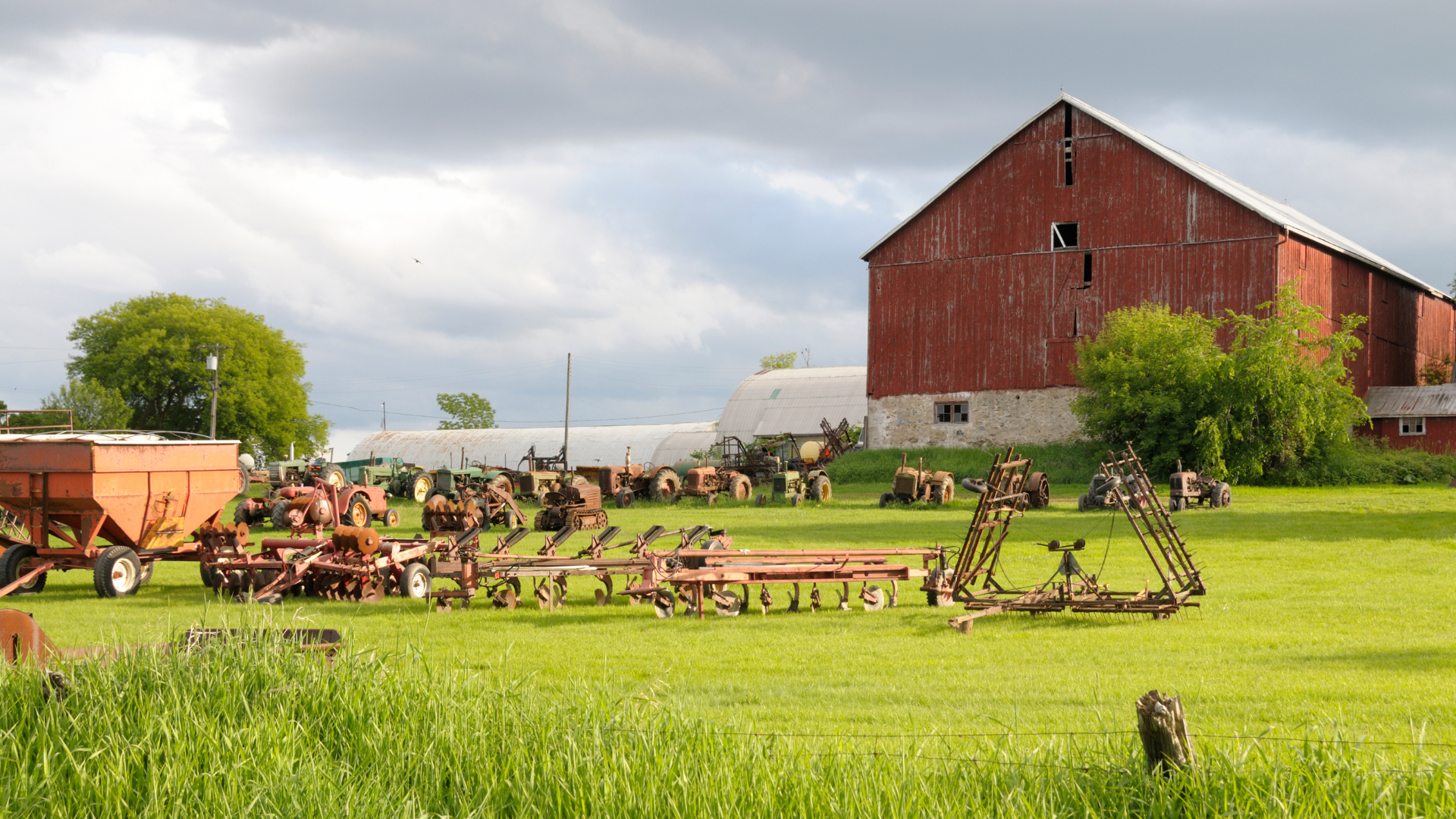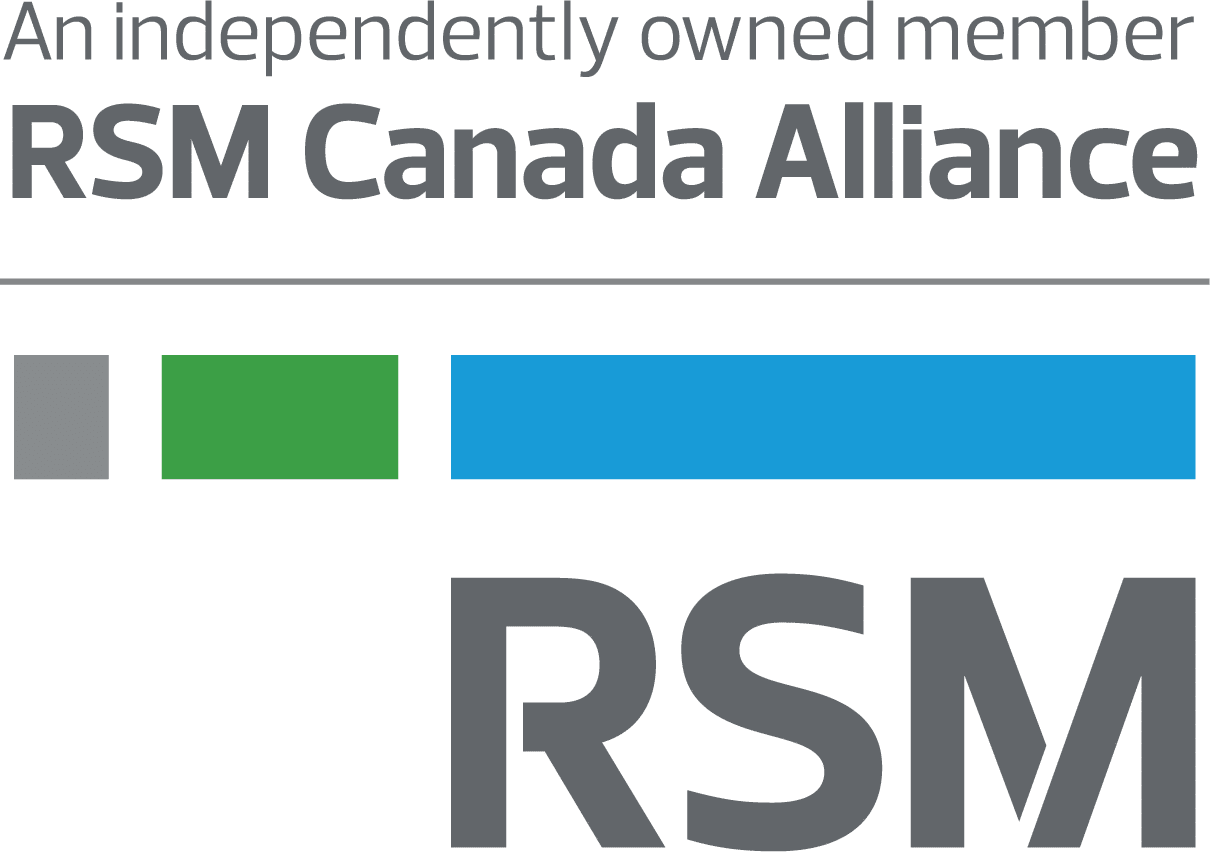
Every business has its ups and downs. When it comes to farming business, there are years of losses and excess profits. Because of such income fluctuations, the Canada Revenue Agency (CRA) allows farmers to use the cash accounting method in which income and expenses are recorded only when cash changes hands. The cash method is simple. But it could be problematic if you have a high income in a particular year as it attracts high taxes. But you can use your inventory to adjust the losses and profits in two or more years and save on taxes. We will discuss these adjustments in this article.
Inventory Adjustments for Farmers
Farmers using cash accounting have two inventory adjustment tools:
- Mandatory Inventory Adjustments (MIA)
- Optional Inventory Adjustments (OIA)
How Mandatory Inventory Adjustment Works
In cash accounting, you only declare income when you get the money. What about the inventory in the warehouse? You haven’t yet sold those crops and received cash, so you cannot declare it as income. However, the government doesn’t allow you to report a loss if you hold inventory. Hence, a farmer in a loss can use mandatory inventory adjustment (MIA) to offset the loss and bring his income to $0.
For instance, John’s primary source of income is apple farming. The sales were not strong, and he incurred a loss of $5,000 in 2022. But he has $40,000 worth of inventory (at cost price) in the warehouse. He can use MIA to reduce his loss to $0 in 2022. In early 2023, all his inventory is sold in an apple fest, and his full-year income is $60,000. He can deduct $35,000 in the balance MIA and reduce his 2023 adjusted income to $25,000.
| Particulars | 2022 | 2023 |
| Income | ($5,000) | $60,000 |
| MIA adjustment | $5,000 | ($35,000) |
| Adjusted Income | $0 | $25,000 |
The MIA value can only be used to the point of your loss. Hence, John could only use $5,000 from his inventory amount and not all.
MIA helps you normalize your income. Hence, in periods of high income, your tax liability reduces as your adjusted income reduces.
How to Calculate Mandatory Inventory Adjustment
The mandatory inventory adjustment uses inventory on hand irrespective of the actual year of purchase. You calculate the purchased inventory value as the lower purchase price and fair market value of inventory.
If the inventory is specified for animals, you calculate the value as the original purchase price minus 30% per annum on a diminishing balance basis. You can also use a higher value if it doesn’t exceed the purchase price.
How Optional Inventory Adjustment Works
While MIA is mandatory and used to reduce losses, there is an optional inventory adjustment (OIA) that helps you boost profits. A farmer might want to boost income to claim a basic personal amount ($15,000 in 2023), age tax exemption or stay in the lower tax bracket of 15% even in a high-income year. The OIA helps you normalize your income using your year-end inventory at its fair market value.
For instance, Jason has 500 tonnes of apples with a fair market value of $400/tonne, which equates to $200,000. He didn’t sell this inventory in 2022 but received a huge order in the first week of next year, and the inventory was sold out. While his 2022 net income was $20,000, his 2023 income is expected to be $200,000, which will attract a huge tax bill.
Jason can use OIA to shift inventory value to boost his 2022 income and make the most of tax deductions.
| Particulars | 2022 | 2023 |
| Income | $20,000 | $200,000 |
| OIA adjustment | $75,000 | ($75,000) |
| Adjusted Income | $95,000 | $125,000 |
Jason can even reduce this adjusted income by claiming non-refundable tax benefits and making Registered Retirement Savings Plan (RRSP) contributions (18% of your previous year’s income up to a maximum contribution limit). By availing of these deductions, he can stay in the lower tax bracket of 15% (up to $50,197 in 2023) or 20.5% (up to $100,392). He can continue using OIA until the year-end inventory is nil.
Whether or not to use OIA is up to you. You can work out the math by calculating inventory value and next year’s estimated income to determine how much adjustment to make.
Contact Ford Keast LLP in London to Help You With Accounting Needs
A skilled accountant can help you normalize your income and maximize your tax savings using inventory and other adjustments. Ford Keast LLP‘s accountants and business consultants can provide accounting and tax planning services. To learn more about how Ford Keast LLP can provide you with the best accounting and tax planning, contact us online or call us at 519-679-9330.




